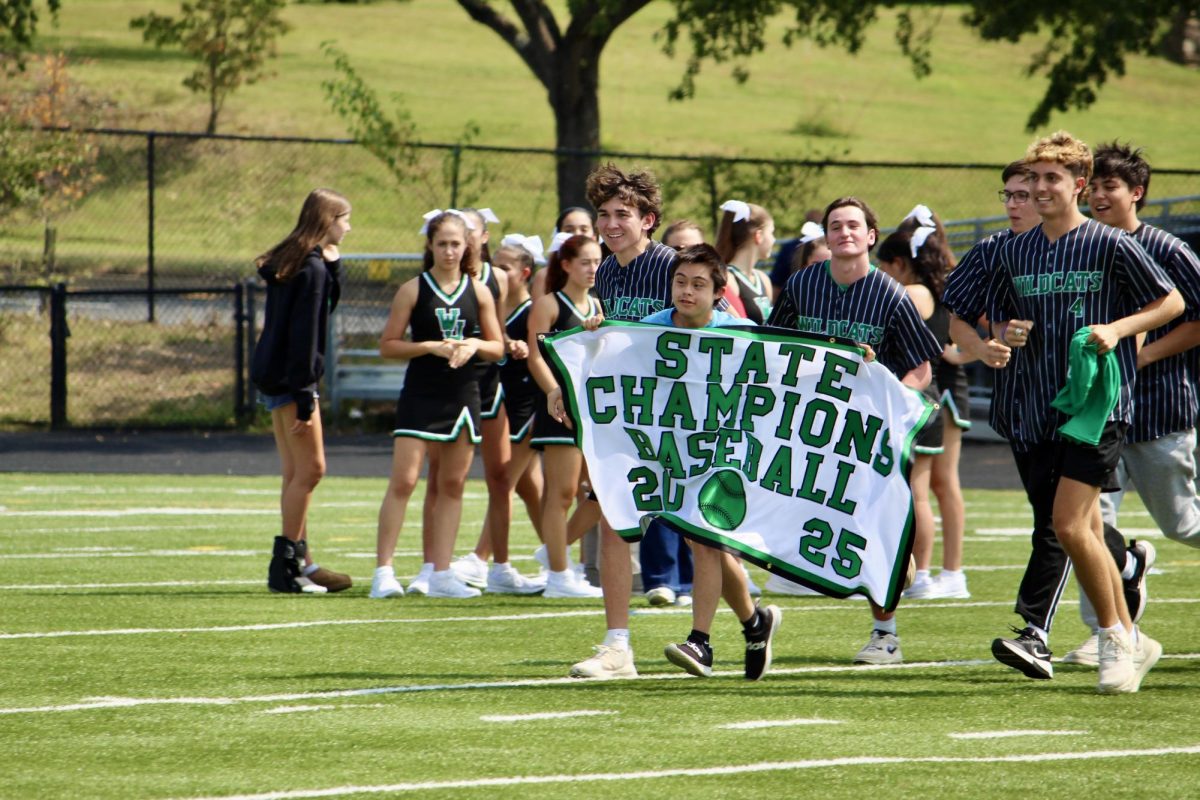In my previous school, whenever the power went off, the majority of my classmates – and, I confess, myself included – would cheer, clap, ramble and shout for our presumable dismissal for the day, sure that the physics test for which no one was ever feeling prepared for would be canceled. The teacher would smirk, throw us a “nice try”, and ask the kid who always sat in the back of the class to open the curtains.
A couple of weeks ago, however, as soon as the hallway was dark, there was the sound of dozens of students screaming in unison. A kid pushed me out of his way and stormed off to the main entrance. Others went straight to the bathroom and locked the doors. Instead of reaching for their phones, turning on the flash lights and avoiding moving abruptly, as one is supposed to do in this circumstance, the majority of students panicked. There was almost a unanimous conclusion that something terrible was going on, and if there indeed were, the majority of us would be acting in the least desired way possible. A power outage, although there are some safety procedures to follow, shouldn’t be a reason to panic. The lights went off. That’s kind of it. And usually, it does not go beyond that. The most dangerous thing that could happen (if there isn’t any outside reason for the power outage)is people getting pushed around, falling and even being trampled due to other’s distress and hysteria.
The following day, a teacher told my class how incredulous he was with what we did. He joked around that some people would say that we are far too sheltered, and that he would always promptly defend us. Until that day. He nodded, with an, “I mean, guys,”and the class laughed, with a mindset of “well, we get it”. But I started thinking that, even though we may be too sheltered, our exaggerated reaction may have exposed a hidden weakness in our emergency preparedness.
At this point of the school year, we have had about three fire drills, one lockdown and shelter-in-place, and one “drop, cover, hold”, all of them during some of the periods in our day. We are in school 411 minutes per day, of which we spend 42 minutes in-between classes and 42 in lunch. To be clear, that means that during 20% of our time, we don’t have an immediate source of instruction.
I know that these safety drill procedures come almost automatically to us. In lockdown, the students and teacher must remain still, with the lights off and the door and windows locked. The minute the alarm goes off, we get up and leave the building through the nearest exit. But this is because we have a teacher instructing us on what to do. There is no chaos in fire drills because we are dispersed with a respective exit.
However, if -knock on wood- we were put in lockdown between third and fourth period while we drag ourselves to math class, the majority of students wouldn’t know what to do. Most likely, our first thought would be to go to the nearest class – but with a school with such high population density as WJ, it would be simply chaotic. To go to the next class, or to come back to the previous room could take a long time depending on where the student is. We have safety drills so that we can act fast. Which is why I believe that we should also be prepared for the worst, not only in a scenario with the teacher, but also when we are not in class at all. As much as drills may be annoying and disruptive, it’s important to make sure that the students will be prepared not only at an ideal time when no real danger is at sight and with a teacher instruction but also when the last place we want to be- alone and in the dark.















Patrick • Mar 24, 2017 at 10:29 am
They have them during class to prepare you for real life situations, when there is an actual emergency. The majority of the time spent in school is in the classroom as well, so it is justifiable that the drills take place during that time period.